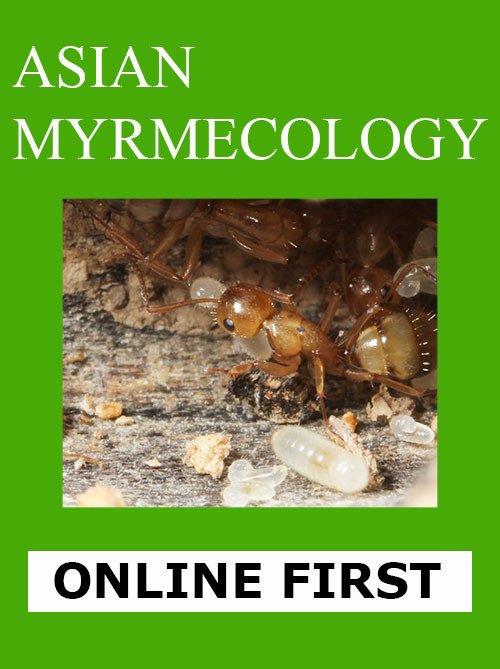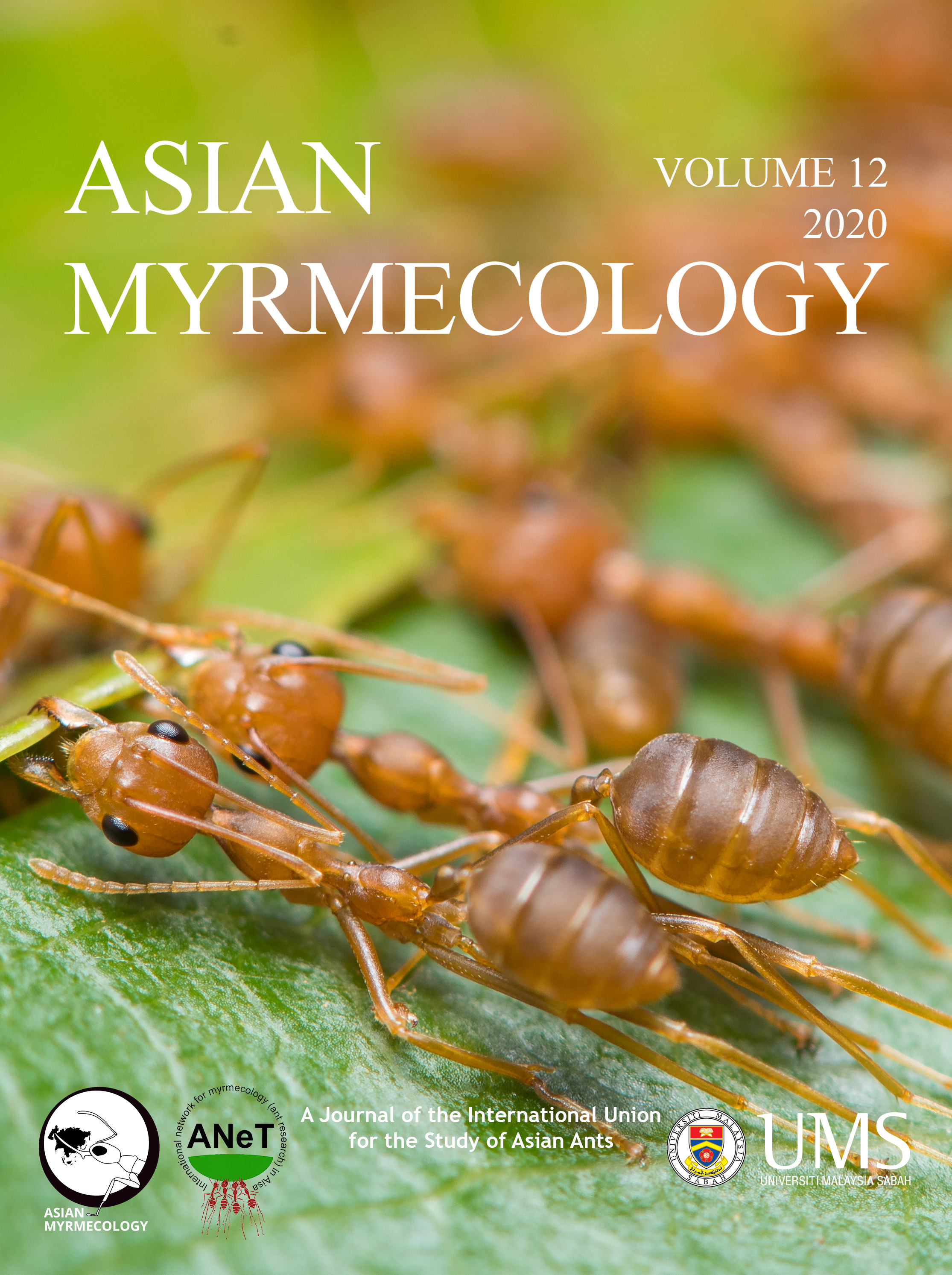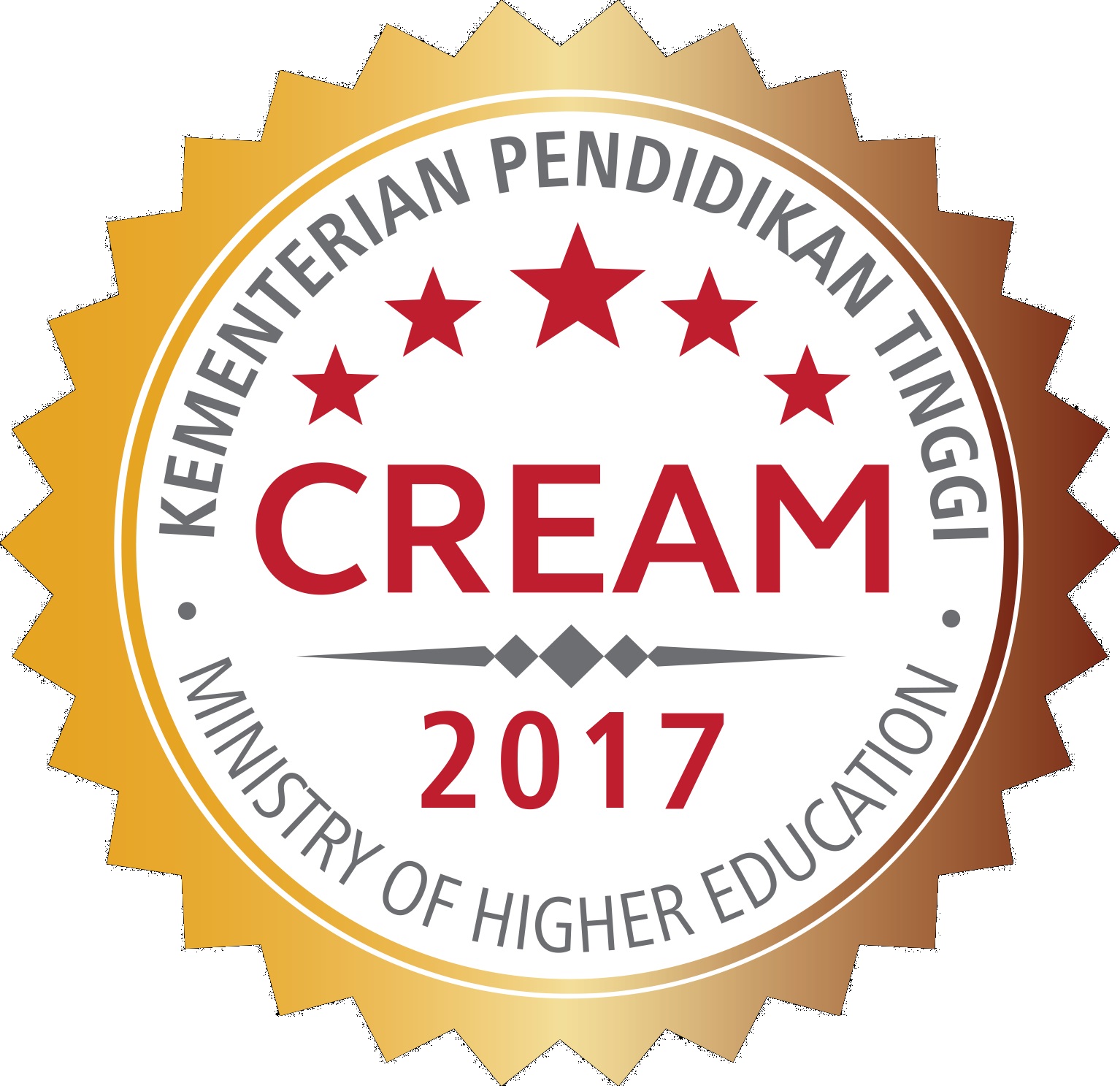ASIAN
MYRMECOLOGY
Image: François Brassard
online first (online version of paper published before print issue)
DOI: 10.20362/am.013007
Asian Myrmecology 13: e013007 (1-18)
article first published online: 31/December/2021
Reproductive differentiation and conflicts in Diacamma: A model system for integrative sociobiology
Abstract:
The ponerine queenless ant genus Diacamma has attracted attention for its unique mode
of reproductive differentiation through mutilation of the thoracic appendage, gemma, after emergence
of monomorphic females. I will begin this review with a description of the scientific history of the
discovery of this differentiation mechanism, followed by a review and discussion of the ontogenetic
origins, physiological and behavioral effects, and adaptive significance of the gemma and mutilation.
Next, I will discuss the adaptive significance of helper-worker reproduction and its regulatory mechanisms.
The gene-eyes-view implications of prolonged mating, another unique characteristic of this genus,
are also discussed. Finally, the physiology and molecular biology of reproductive differentiation
and the territorial behavior and nestmate discrimination mechanisms will be briefly reviewed, along
with a list of other topics.
Keywords:
Gemma, mutilation, reproductive differentiation, gamergate, worker reproduction, dominance
hierarchy, policing, queen pheromone, inclusive fitness, bioamine, gene network
Get PDF (806 KB):
Abstract:
The ponerine queenless ant genus Diacamma has attracted attention for its unique mode
of reproductive differentiation through mutilation of the thoracic appendage, gemma, after emergence
of monomorphic females. I will begin this review with a description of the scientific history of the
discovery of this differentiation mechanism, followed by a review and discussion of the ontogenetic
origins, physiological and behavioral effects, and adaptive significance of the gemma and mutilation.
Next, I will discuss the adaptive significance of helper-worker reproduction and its regulatory mechanisms.
The gene-eyes-view implications of prolonged mating, another unique characteristic of this genus,
are also discussed. Finally, the physiology and molecular biology of reproductive differentiation
and the territorial behavior and nestmate discrimination mechanisms will be briefly reviewed, along
with a list of other topics.
Keywords:
Gemma, mutilation, reproductive differentiation, gamergate, worker reproduction, dominance
hierarchy, policing, queen pheromone, inclusive fitness, bioamine, gene network
Get PDF (806 KB):
1Department of Subtropical Agro-Environmental Sciences, University of the Ryukyus, Nishihara, Okinawa, Japan
2The United Graduate School of Agricultural Sciences, Kagoshima University, Kagoshima, Japan
*Corresponding author: tsujik@agr.u-ryukyu.ac.jp



